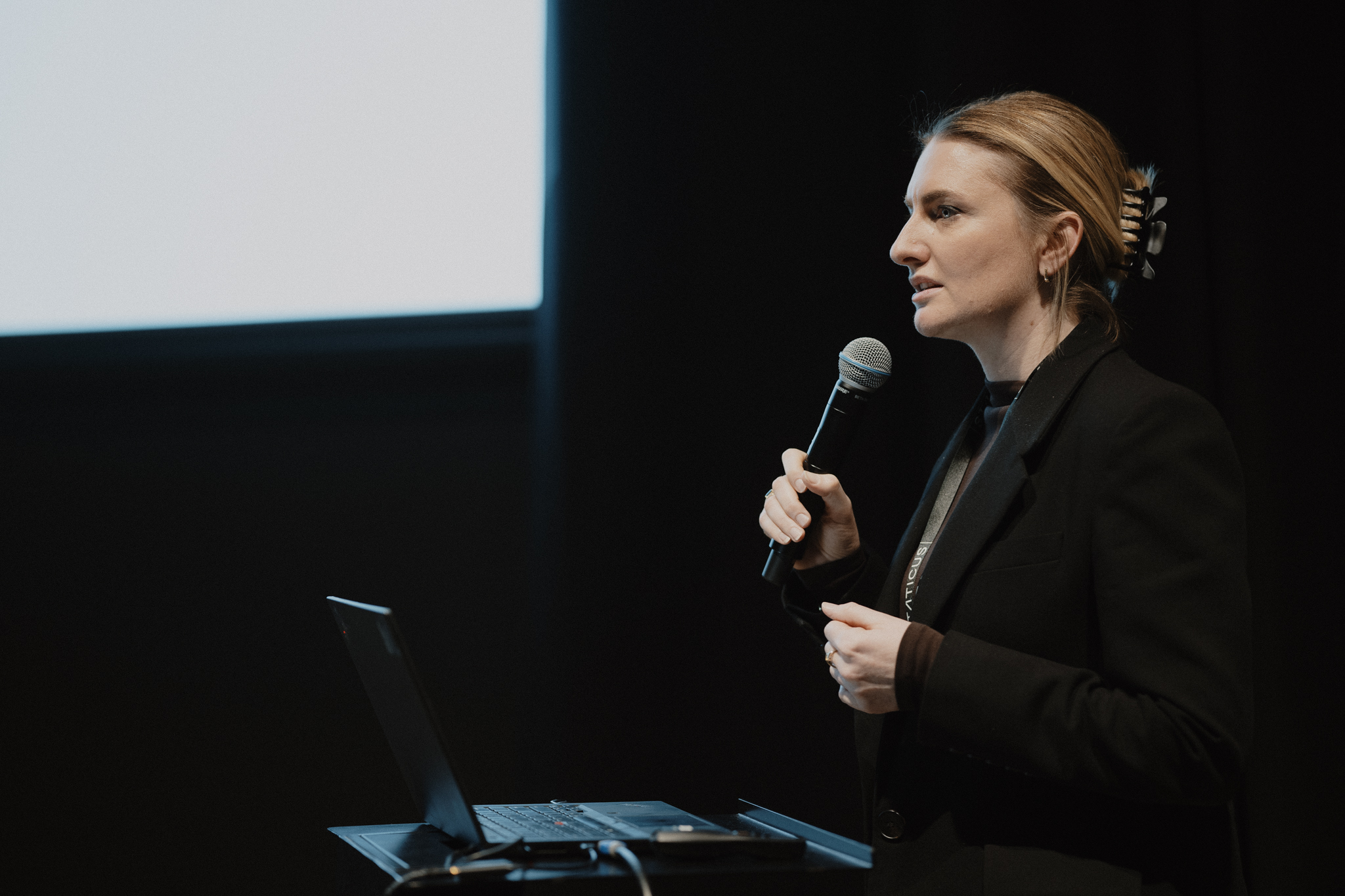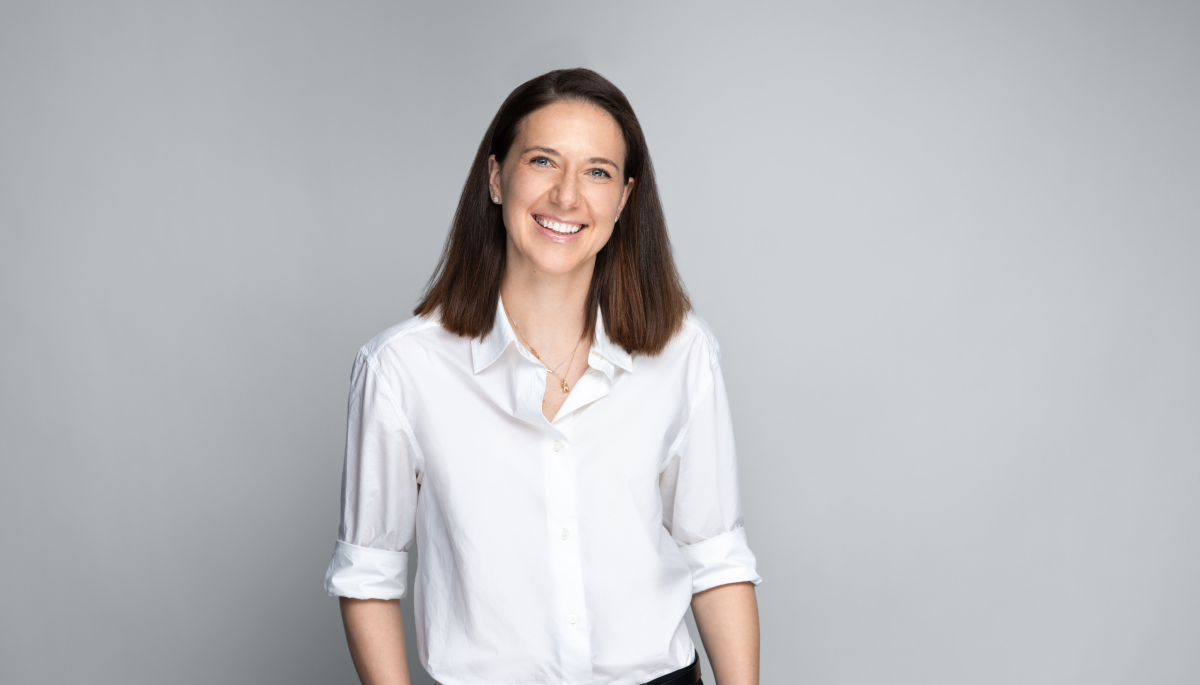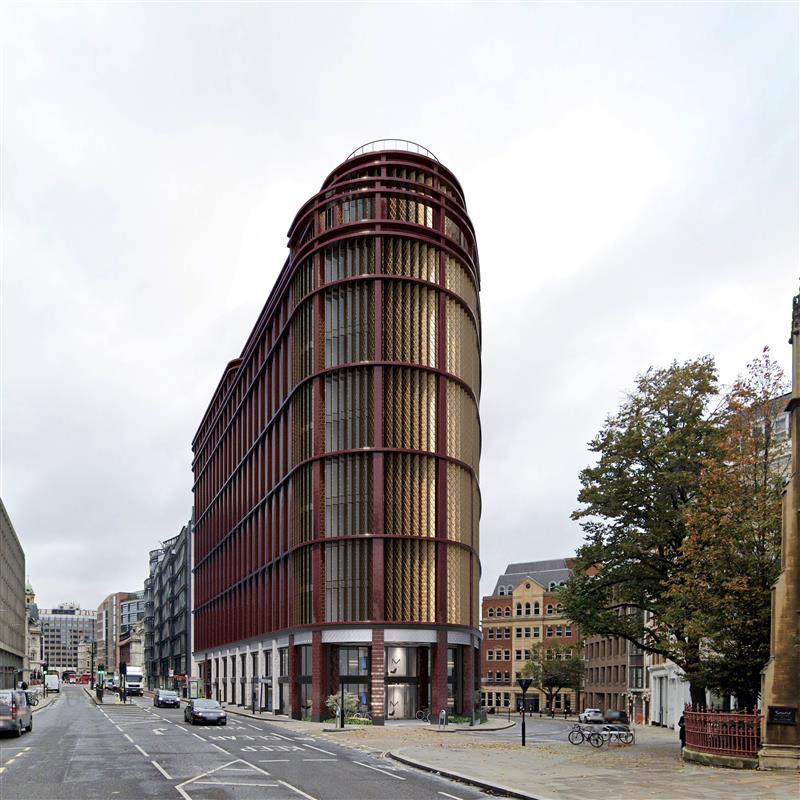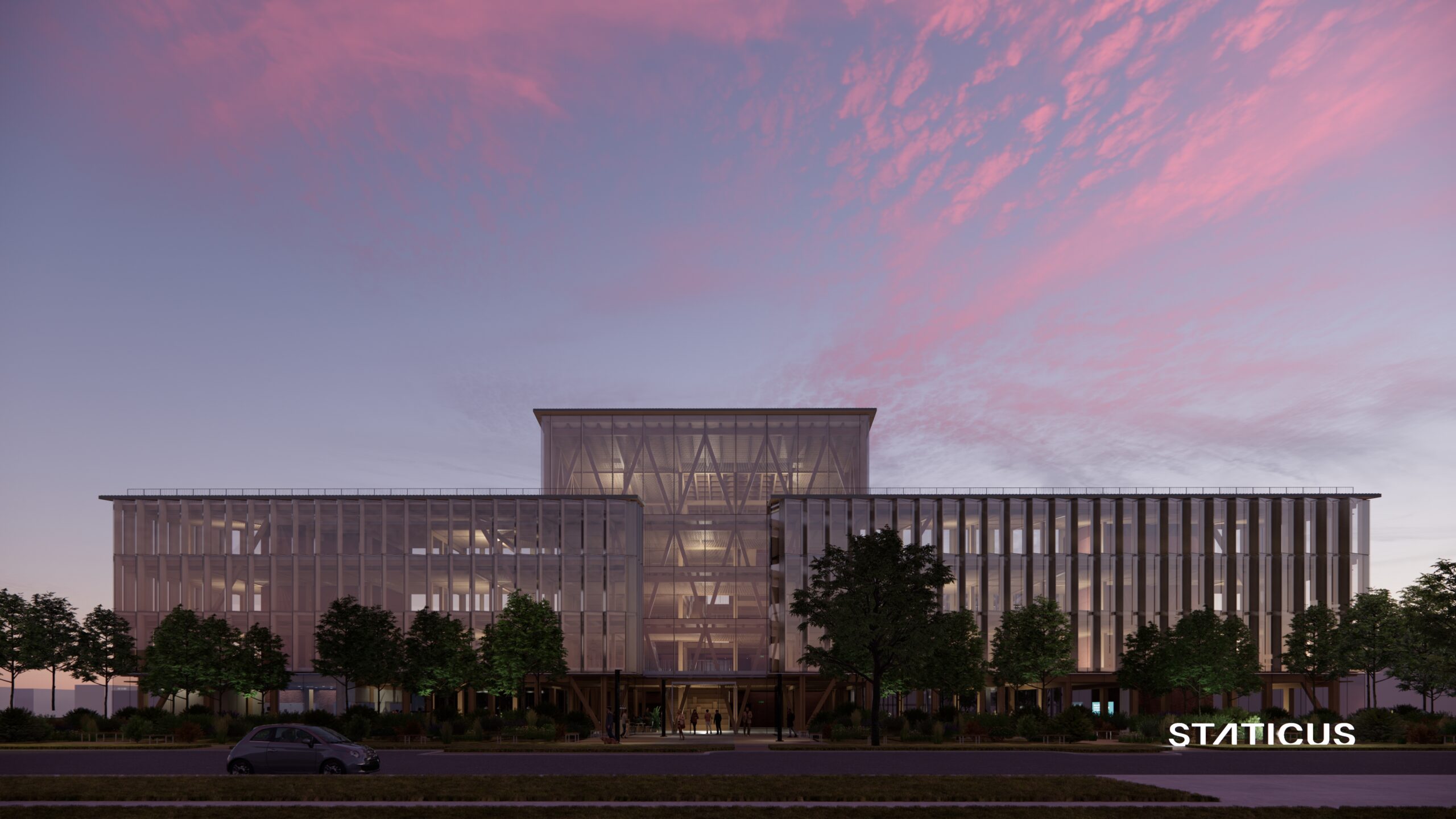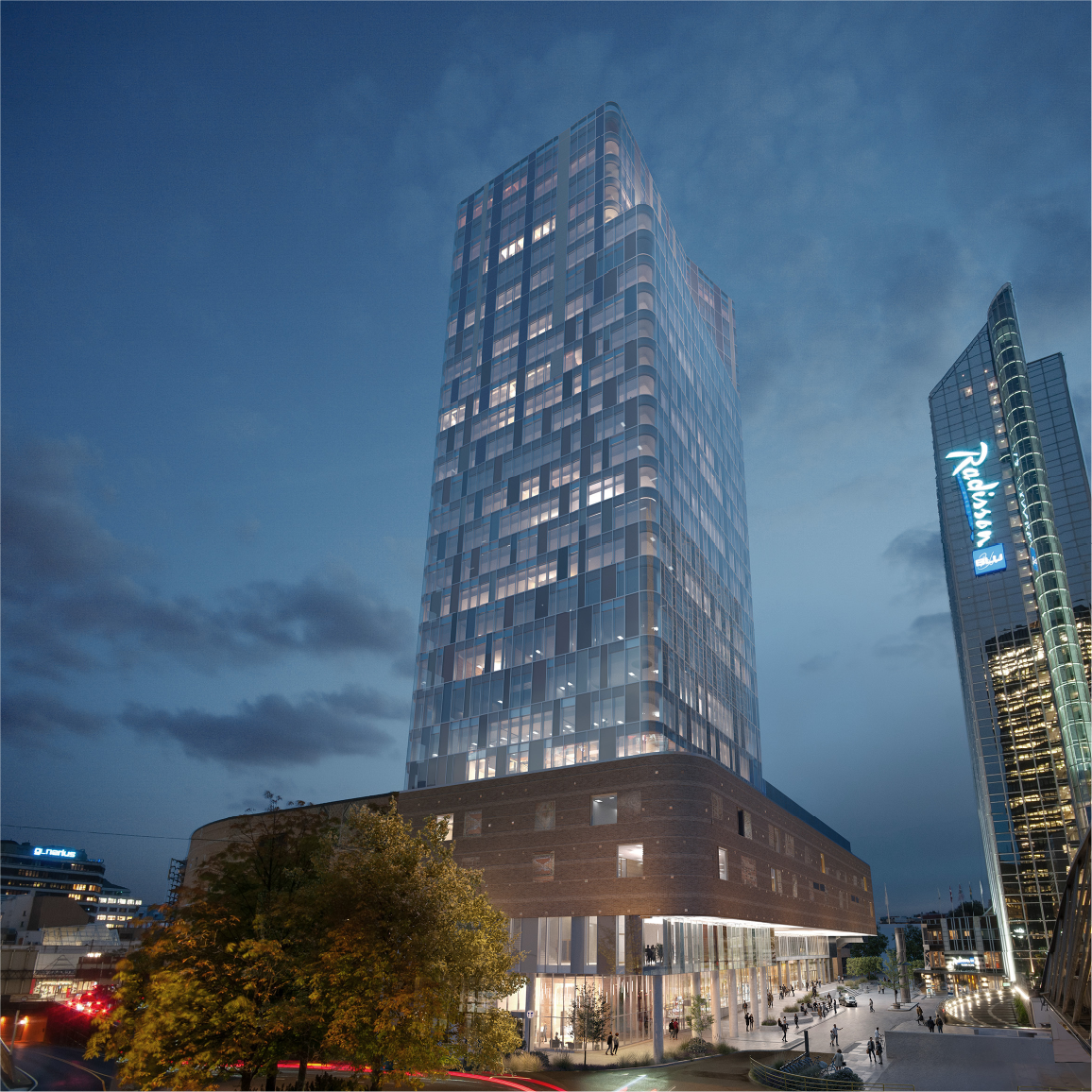The discussion on a methodology for calculating embodied carbon in façades at this year’s Centre for Windows and Cladding Technology (CWCT) AGM included important input from Staticus. During a panel discussion in the morning session on sustainability, Staticus’ CEO, Aušra Vankevičiūtė called for greater collaboration, more openness, and clearer data, sentiments that were echoed by many of her fellow panellists and speakers.
In this short article we aim to provide a brief overview of the CWCT’s work on embodied carbon so far, before taking an in-depth look at the points made by Aušra and the other speakers at the AGM, which was also attended by Aaron Dehara, Preconstruction Manager at Staticus UK.
The CWCT’s progress so far on embodied carbon
David Metcalfe and John Downes of the CWCT explained when opening the morning session of the AGM, 2 years ago, the industry body recognised the need for clear guidance regarding how to calculate embodied carbon in façades. Since then, a sub-committee has been working to develop these standards and actively discussing the topic with a range of stakeholders. Staticus’ Head of Sustainability, Anastasiya Popova, has been involved in this ongoing process.
In advance of the publication of its paper defining a methodology for calculating the embodied carbon of façades, the industry body hosted a lively discussion on the topic at its annual AGM.
Aušra Vankevičiūtė focuses on collaboration, commitment and concrete data
Staticus’ CEO, Aušra Vankevičiūtė, was one of the panellists in this discussion, and she called for greater engagement, openness, and long-term commitments to innovation from members of the construction industry.
Aušra emphasised the fact that stakeholders at every level of the value chain need to innovate. But she stressed that this requires an investment of time, knowledge, human resources and money.
She also argued that engagement levels vary within the industry, and that more consistency is required. Finally, she made a strong call for greater openness, urging companies to share more regarding their sustainability activity and to resist the temptation to use sustainability as a PR topic where companies focus on how they are better than the competition. Instead, she believes it is real calculations and data that are needed, and these will only come through transparency.
In terms of regulation and standards, Aušra encouraged the CWCT to continue the work it began 2 years ago on establishing clear industry standards for evaluating embodied carbon. When asked about the situation internationally on establishing such standards, Aušra highlighted that, although Norway and the Netherlands are quite advanced, the UK is leading the way in Europe. She also pointed out that ultimately, many in the industry still see sustainability as a “nice to have” rather than an essential component of their activities. To change this, there needs to be regulation and financial requirements, because until there are financial implications to not prioritising sustainability, some players simply will not change.
Panellists and speakers share their perspectives
Aušra’s focus on dialogue, reliable data and investment echoed the views of other panellists at the AGM. Rebecca Hartwell from Cambridge University highlighted the need to turn ideas into practice, which requires investments (for example, in downstream recycling). Daniel Ward from Stanhope called for building life to be looked at carefully, including extending warranties and focusing on products designed for 100 years of usage. Peter Fisher of Bennetts Associates pointed out that the architectural community needs a stronger understanding of how to be more efficient at the concept design stages, and this requires more data so that calculations on new builds can be made consistently. He also added that specialists in this field are typically brought in too late in the process, and should be used earlier when critical planning decisions are still being made.
Aaron Dehara, Staticus’ Preconstruction Manager, also attended the AGM. According to him, industry feedback and reliable data were two topics that consistently cropped up during the morning’s talks and discussion.
“One topic that kept coming up is encouraging feedback,” Aaron explains. “The point that was being made is that it’s all well and good having the CWCT running sub-committees, but what they really want is active engagement and feedback sessions with industry. Both John Downes and Saverio Pasetto from the CWCT emphasised the importance at this stage of getting clear feedback from the industry.”
“Data was also a key theme of the day,” Aaron continues. “Teni Ladipo and Anna Wendt from Buro Happold were part of the team that was responsible for drawing up the methodology. They explained that their goal was to establish clear targets that are stretching and realistic, and to develop concrete data sets. They emphasised that these should enable not just new products, but also new designs, so architects can understand how much carbon can be saved if they design a building in a certain way. Helen Hare from GPE provided a client’s viewpoint on sustainability and data. She explained that in GPE’s case, they are looking to decarbonise their business by 2030. To meet this aim, clear data on whole life carbon and end of use carbon is very important, and currently there is a lack of reliable data. Moreover, our Head of Sustainability, Anastasiya Popova, supported the process with the review and data provision.”
From ideas to action
The session was not only focused on what needs to be done, but also what has already been achieved in the area of embodied carbon, as Aaron explains. “Tim Downes from British Land shared a very interesting example of façade reuse. He talked us through the 1 Triton Square project, where they dismantled the entire façade, took it off site for renovation, and then reinstalled it. And Helen Hare from GPE shared a case study where large amounts of steel from existing structures was used.”
These examples demonstrate that there are already numerous approaches available for reducing embodied carbon in façades. The release of the CWCT’s methodology should add further momentum. The hope is that after receiving feedback from the industry, this methodology will eventually lead to clear industry standards. Staticus will continue to be an active voice in this process, advocating openness and setting an example of eschewing greenwashing in favour of honest dialogue that moves the whole industry forward.

